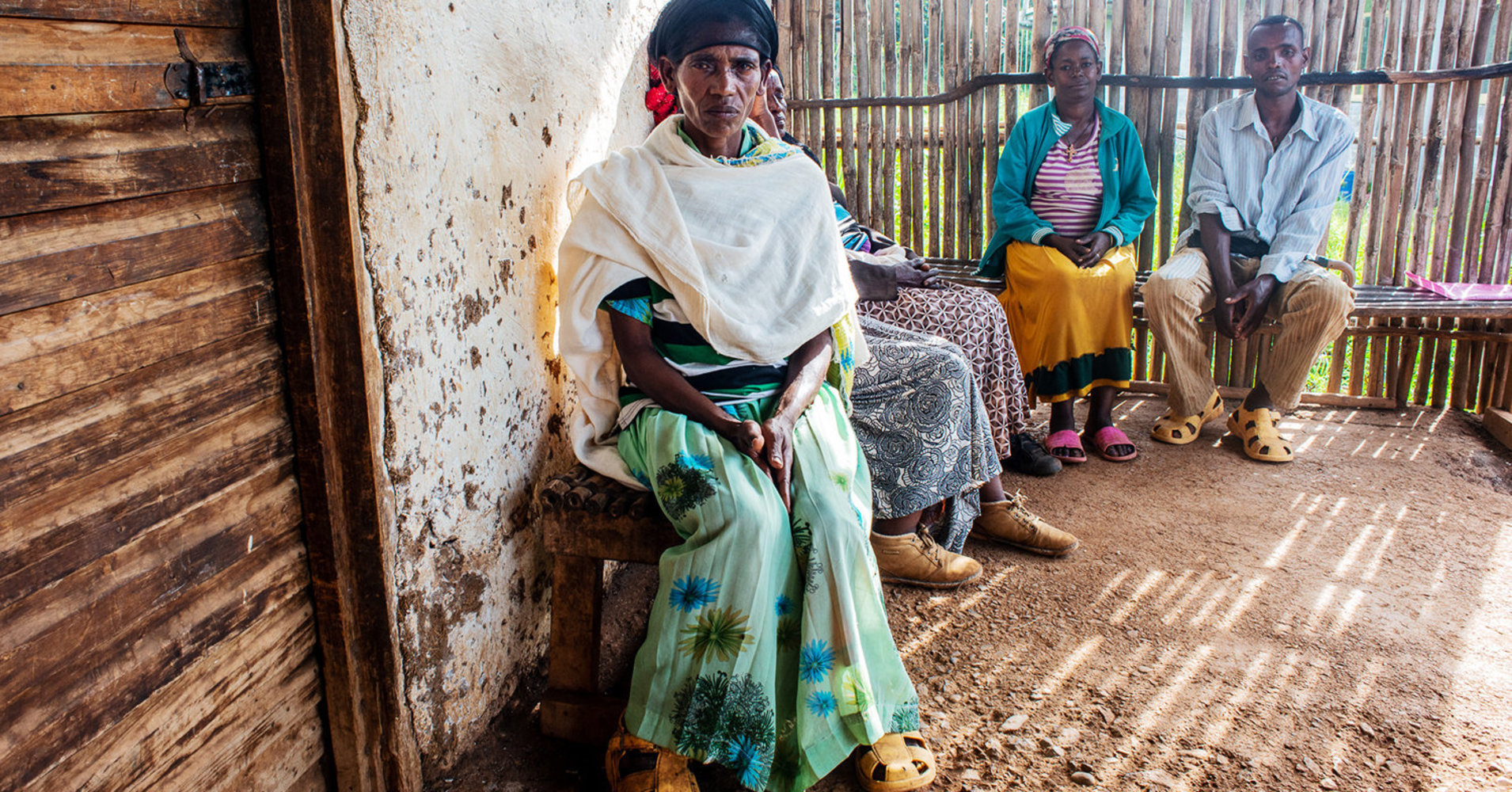[ad_1]
WARA, Ethiopia —The district of Dawro in southern Ethiopia is farming country, its fertile soils brimming with life.
On steep hills, farmers eke out a living from corn and teff, yam and banana. When the thin air thickens with mist and rain, the copper-colored ground turns to mud.
But this fecund earth, a blessing for Dawro’s farmers, can also be a curse. Something in the soil triggers a disfiguring disease that may hobble even the hardiest folk.
“I am quite young but now I look old,” said Wosani Wolanchu, a 40-year-old mother of five waiting for an appointment at a clinic in the village of Wara.
She eases off an oversized plastic sandal to reveal a bloated, swollen foot riddled with scabs and moss-like warts. It took her two hours to hobble from her home to the clinic, a journey that once took little more than 30 minutes.
Wosani is living with podoconiosis, a non-infectious skin disease experts say is entirely preventable, were she able to afford proper footwear.
Here in Ethiopia’s remote highland villages, where farmers plow the soil barefoot while wives and children at home pad across dusty, uncovered floors, shoes are still a luxury. So in places like Wara the disease sometimes known as “mossy foot” endures, while the world remains largely ignorant of its ravaging effects.
Unlike the similar but much more common lymphatic filariasis (commonly called elephantiasis), which humans contract when mosquito bites transmit a parasitic worm, podoconiosis stems from prolonged exposure to red-clay minerals in volcanic soils.
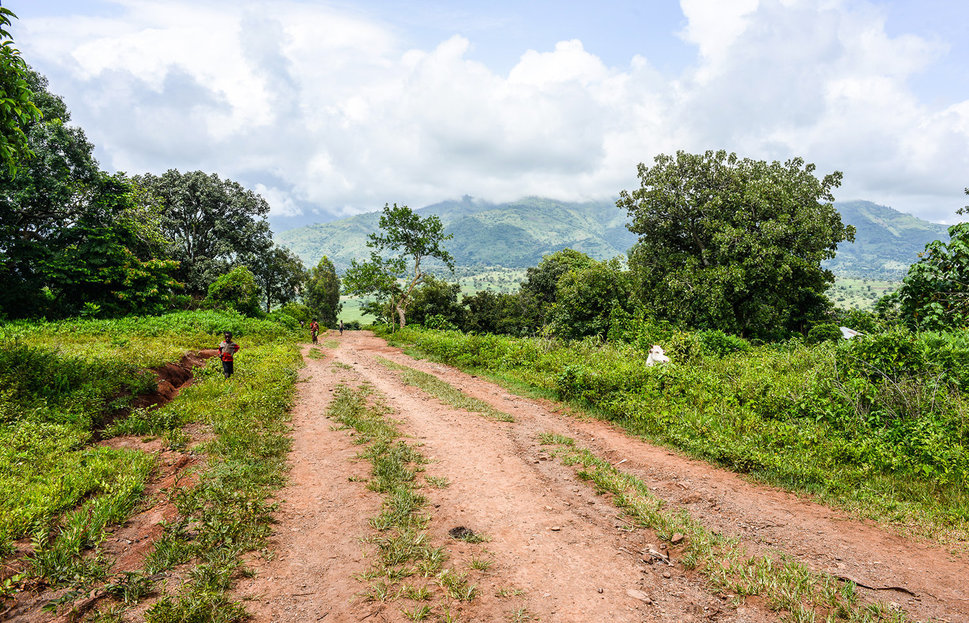
Tom Gardner for HuffPost
The causes are not fully understood but it is thought that soil particles, which enter through cracks in dry skin on the sole of the foot, damage lymphatic vessels, eventually causing swelling and a mushroom-like thickening and folding of the skin. This is often accompanied by recurrent malaria-like episodes, which render feverish victims incapacitated for as many as 90 days each year.
Podoconiosis currently afflicts an estimated 4 million people worldwide, 1.5 million in Ethiopia alone, making this almost certainly most affected country. Reliable estimates from other heavily affected countries, such as Cameroon, don’t come close.
A countrywide survey of Ethiopia in 2013, the first of its kind anywhere, found the disease to be more widespread than previously thought. The disease is endemic in some 40 percent of the country’s administrative districts and roughly 35 million people are at risk.
Podoconiosis was eliminated in Europe centuries ago, thanks to urbanization and the widespread use of footwear, but in Ethiopia, around 80 percent of the population still live in rural areas. A majority make their living from traditional, non-mechanized farming.
Ethiopian children start wearing shoes at age 12 ― and often much later in the case of those with podoconiosis, estimates Dr. Kebede Deribe, epidemiologist and research fellow at Brighton and Sussex Medical School. In places like Dawro, where the soil can be thick and sticky, footwear is generally considered unsuitable for outdoor labor.
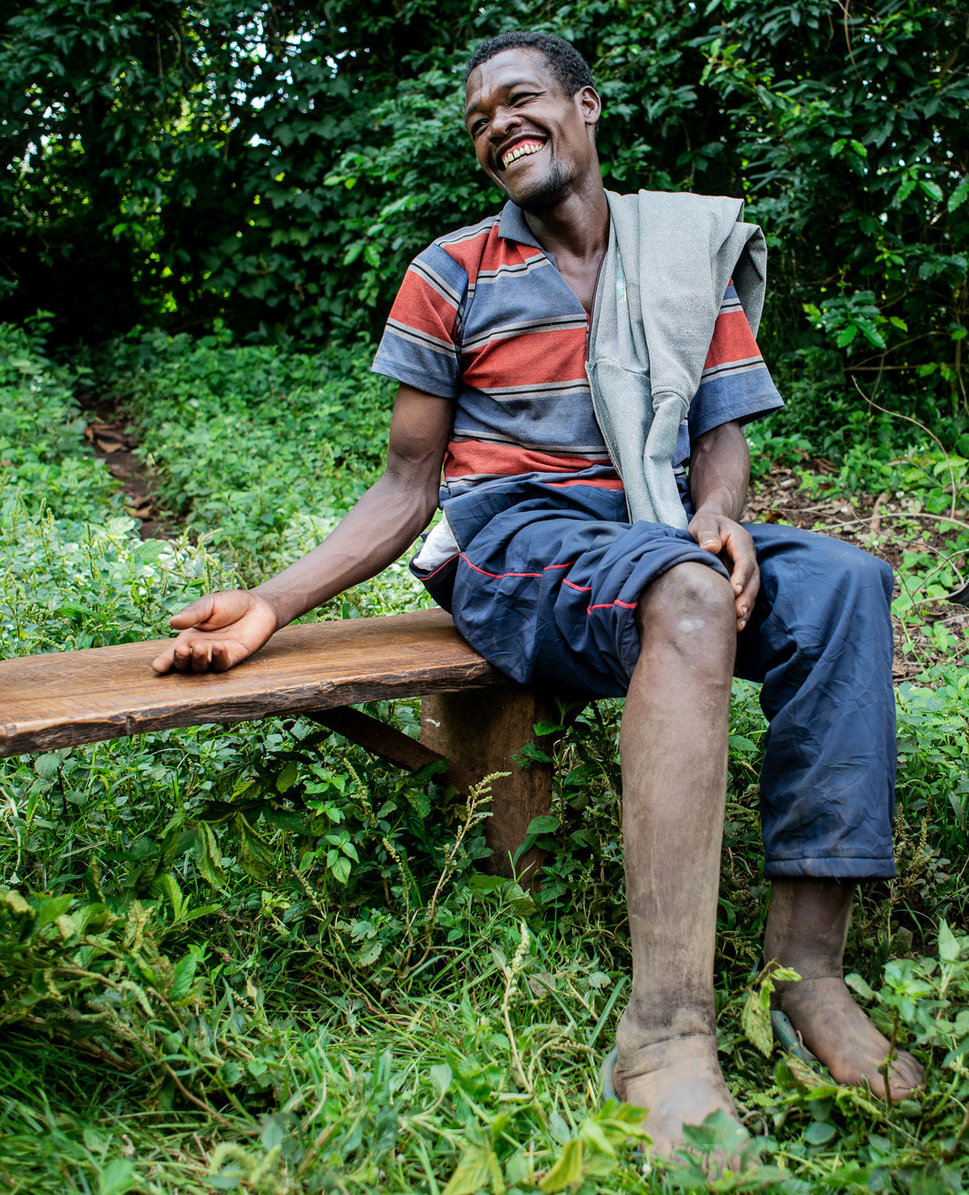
Tom Gardner for HuffPost
“I’m faster and more active without shoes,” said Tesfaye Bezabh in the village of Gesabale, a few miles from Wara, where 37 of 235 residents have the disease. “Why would I wear them?”
Poverty and a barefoot tradition are compounded by a lack of understanding of the disease. Many suffer in silence for decades, unaware of the cause ― or a treatment for ― their condition.
Though scientists have evidence there is a genetic, hereditable component to podoconiosis, this is often misunderstood by patients to mean it is inevitable or untreatable.
“I don’t know the reason. All I know is that every day my foot is growing bigger and bigger,” said Wosani, the mother in Wara. “It would be good if I died today.”
For those like Wosani suffering from especially advanced podoconiosis, minor surgery might ease some of the discomfort in her foot by removing the worst lumps and inflammation, but much of the deformity will probably be with her for life.
Others in Dawro attributed their plight to stepping on snakes, witchcraft and, most often, arthritis triggered by walking barefoot across dewy grass in the rainy season.
Many health professionals in Ethiopia also know little about podoconiosis or the recommended treatment of washing the feet daily with soap and water, and lubricating with petroleum jelly (which, though simple, can produce remarkable results). One 2009 study by Dr. Kebede and researchers at Addis Ababa University’s School of Public Health found that almost 98 percent of health care workers interviewed misunderstood the disease.
Sufferers turn instead to traditional medicine. Manjore Markneh, a 40-year-old in Gesabale, recounted how he would cut his foot with a knife to remove the swelling, and then use a cow horn to suck out what he called “black blood,” or “poison,” from his foot.
His friend, meanwhile, would tie a rope around his leg and then cut between his toes in an attempt to release fluid. Many others in Dawro said they would burn their legs with fire to alleviate pain.
Misunderstanding also breeds prejudice, which can be especially traumatizing for young victims.
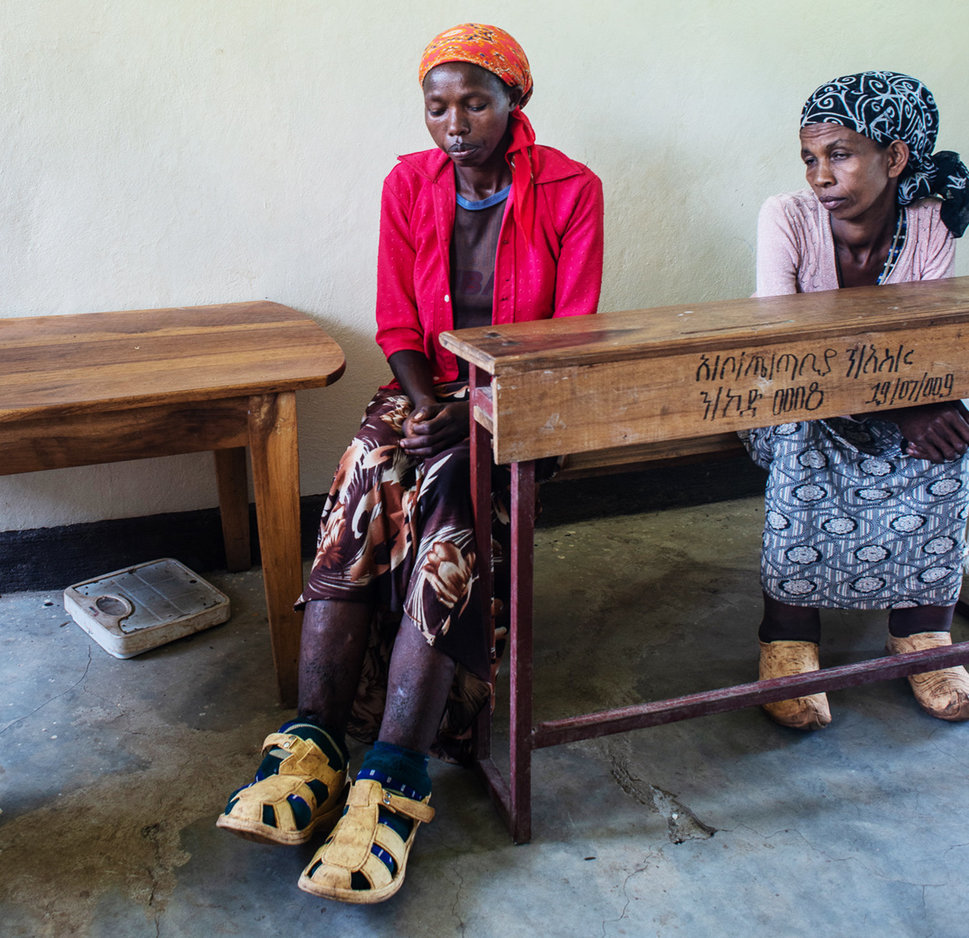
Tom Gardner for HuffPost
Meselch Dea, a 25-year-old woman who has suffered from severe podoconiosis since her mid-teens said that her neighbors ostracized her because of the smell from her feet. Her mother also refused to come near her for fear of catching the disease. Worse still, she feared she would never find a husband.
“No one wants to marry me,” she said under her breath in a clinic near her home. “Because of this disease. Because of the way I look.”
Ethiopia is slowly starting to make progress tackling podoconiosis. In 2013, the government included it in its Neglected Tropical Disease master plan, aiming to expand services to all endemic districts by 2020 and eliminate the disease entirely by 2030.
Today 60 endemic districts, 17 percent of the total, have podoconiosis interventions of some kind, according to the National Podoconiosis Action Network. In the last five years nonprofits have distributed over 1.2 million customized shoes made by TOMS, an American footwear company, to patients across Ethiopia. The Addis Ababa-based Action on Podo, a nonprofit working in Dawro, has treated 30,000 patients since March 2012 and now works out of all 23 government health centers in the zone.
But an acute shortage of resources hampers such efforts. At the national level there is no earmarked budget for the disease. The government still relies almost entirely on the work of a handful of small charities with scarce funds and small teams. Shoes delivered to patients need to be maintained or replaced when worn out, requiring more than a one-off donation.
Action on Podo has only one vehicle for an entire zone of over half a million people. Nationwide, approximately 90 percent of podoconiosis cases have yet to be addressed.
“Where there are no NGOs present there are almost no services delivered,” said Dr. Kebede.
Internationally, podoconiosis receives even less attention. The World Health Organization considers it a “neglected disease,” a diverse array of conditions that are often overlooked and tend to have an outsized impact on the world’s poorest people. Two-thirds of global research and development funding for such diseases goes to the so-called “Big 3” ― malaria, HIV/AIDS, tuberculosis ― with less than 1 percent going toward skin diseases like podoconiosis, which can have crippling social and economic consequences but significantly lower mortality rates.
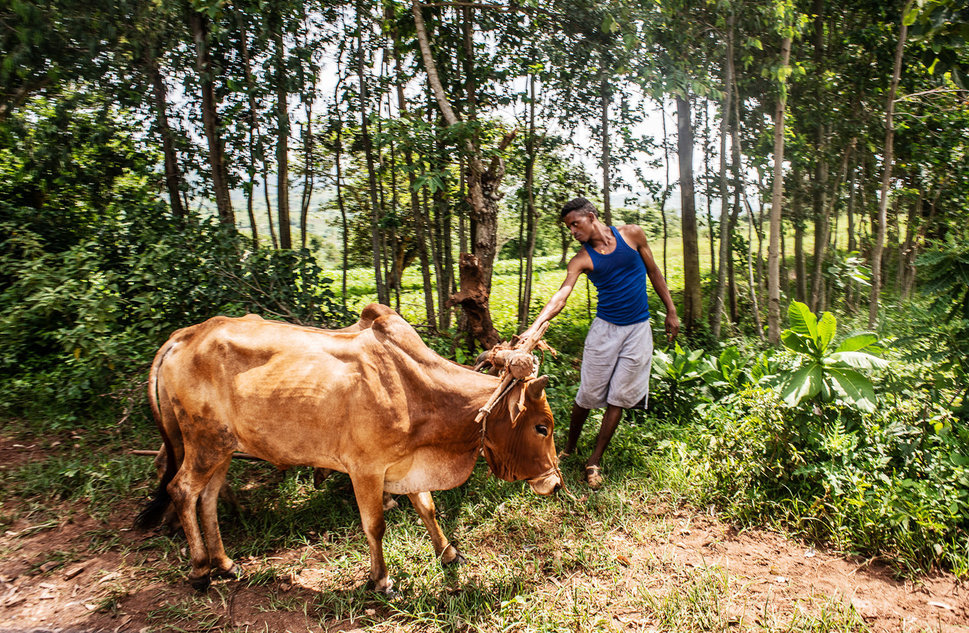
Tom Gardner for HuffPost
“There’s a chasm between the needs and what’s actually being provided,” said Dr. Paul Matts, co-founder of Action on Podo. “It’s ostracizing and stigmatizing, so people die anyway ― but in a very slow and miserable way.”
Even compared to other skin diseases podoconiosis is overlooked. In 2011, the WHO listed it as a neglected disease, but only as a subset of the better-known disease lymphatic filariasis. This is particularly problematic for a country like Ethiopia in which only 29 podoconiosis districts overlap with lymphatic filariasis ones.
Similarly, Rwanda has podoconiosis but no lymphatic filariasis. Since WHO podoconiosis intervention is contingent on the presence of the latter, this means the country receives no funding from big donors like USAID or the Gates Foundation to tackle the condition.
“It is the neglected of the neglected,” said Nebiyu Negussu, Neglected Tropical Diseases Team Leader in Ethiopia’s Ministry of Health.
This article is part of HuffPost’s Project Zero campaign, a series on neglected tropical diseases and efforts to fight them.
[ad_2]
Source link

